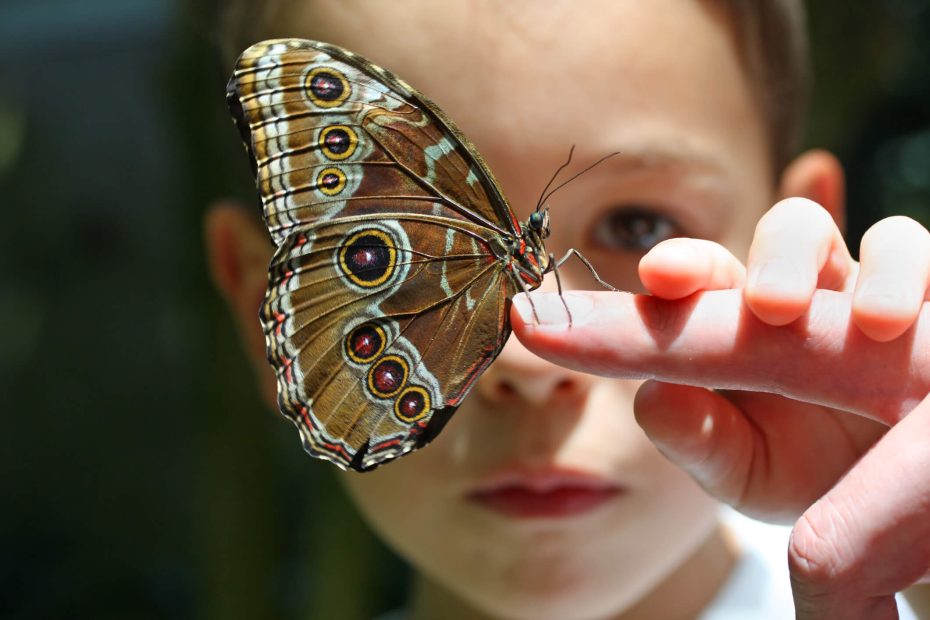From Queen Victoria to Queen Bey, scientists have always drawn inspiration for naming new species from an eclectic array of influences. In the late 18th and early 19th centuries, many species names were based on ancient intellectual figures and contemporary political leaders. However, as both the number of species and the number of scientists identifying them grows, researchers are choosing more unexpected namesakes.
One major source for species names is musical artists, and the range of musicians who have served as biological muses is vast. In addition to classical composers and musicians, many modern artists have been etymologized, including David Bowie, Bob Marley, Freddie Mercury and Joni Mitchell. Interestingly, metal music seems to have had a significant influence on species and the people who name them. Organisms with names referencing the members of Black Sabbath, Gojira, Iron Maiden, Led Zeppelin, Metallica, Motörhead, Nightwish, Pantera, Sepultura and many others span the plant and animal kingdoms.
Musicians are often cited for their entertainment value, such as with the orb weaving spider genus, Abba. However, scientists have also had more direct reasoning for their selections; for example, the twist-inducing parasite Aleiodes shakirae named for Shakira’s famous hips, or the banjo catfish species Acanthobunocephalus scruggsi, named for Earl Scruggs and his unique banjo playing style.
Beyond musical performers, entertainers of all kinds are honored with species names. Celebrities with ties to environmental causes, such as Leonardo DiCaprio and Harrison Ford, are often selected owing to their support of the fields that enable species discovery. Many childhood heroes also provide inspiration for species names. For example, beloved puppeteer Jim Henson has both a frog and an egg-eating sea slug named after him, and iconic conservationist and television host Steve Irwin is the namesake for several species, including the snail Crikey steveirwini.
Recently, drag queens have also sashayed their way into species nomenclature. The brightly colored Opaluma rupaul, for instance, was named for drag superstar RuPaul’s flamboyant on and off-stage persona, but Mama Ru and other queens have also served as the nominal basis for less ostentatious species. The authors of a 2018 paper identified over a dozen members of the Trilobite family and created patronyms for these arthropods by Latinizing the birth names of performers such as Courtney Act, Divine, Lady Bunny, Lypsinka, Miss Coco Peru, RuPaul and Sharon Needles.
Naming species after pop stars and basketball players makes for fun trivia fodder, but the diversity of people found within species names also reflects the diversity of science itself. Species named for defenders of civil rights, including Fred Toyosaburo Korematsu, who resisted the internment of Japanese Americans during World War II, and Nobel Peace Prize laureate Desmond Tutu; political activists, like Nemonte Nenquimo and Wangarĩ Maathai; and symbols of national pride, such as Guatemalan warrior Tecún Umán, Filipino polymath José Rizal, and Mexican artist Frida Kahlo each highlight the unique origins and identities of the researchers who named them. Indeed, appellative choices can be incredibly personal, revealing researchers’ celebrity crushes, favorite drinks and geekyobsessions.
It should be noted, though, that not all species eponyms come from admirable sources. Many species are named after conquistadors, dictators and other individuals who perpetuated human suffering. In recent years, there have been calls to change these names; however, the International Commission on Zoological Nomenclature (ICZN) has taken a clear stance: “Replacing accepted scientific names because of perceived offensiveness is not, and should not be, regulated by the [ICZN].” The stated purpose of the ICZN is to ensure the “universality and continuity” of species nomenclature. Thus, while the ICZN does not allow for names that would be “likely to give offence,” the organization feels that to “assert judgements on…morality” is beyond the ICZN’s purview. Still, a numberofefforts are underway to update the lexicon of common species names.
Fortunately, scientists have found myriadways to demonstrate their creativity through species names. So, if you discover a new species that is Verae peculya, take the opportunity to select a distinctive name that reflects the diversity of life.
Related Content
- Open Access: Making Scientific Findings Available to All
- Have You Thanked an Oyster Today?
- Should We All Go Vegan?
Want to read more from the Johns Hopkins School of Medicine? Subscribe to the Biomedical Odyssey blog and receive new posts directly in your inbox.

It's incredible to see how the tradition of naming new species has evolved over the years. The inclusion of modern musical icons, especially from the metal genre, underscores the deep connections between art and science.